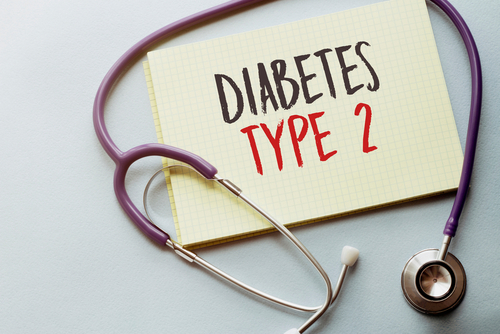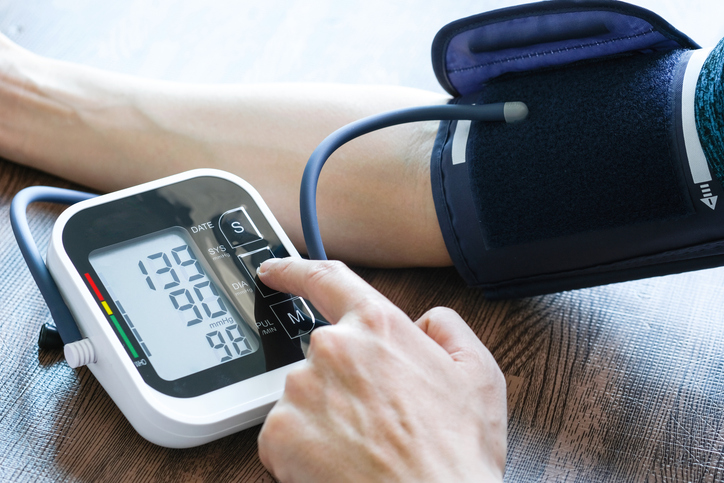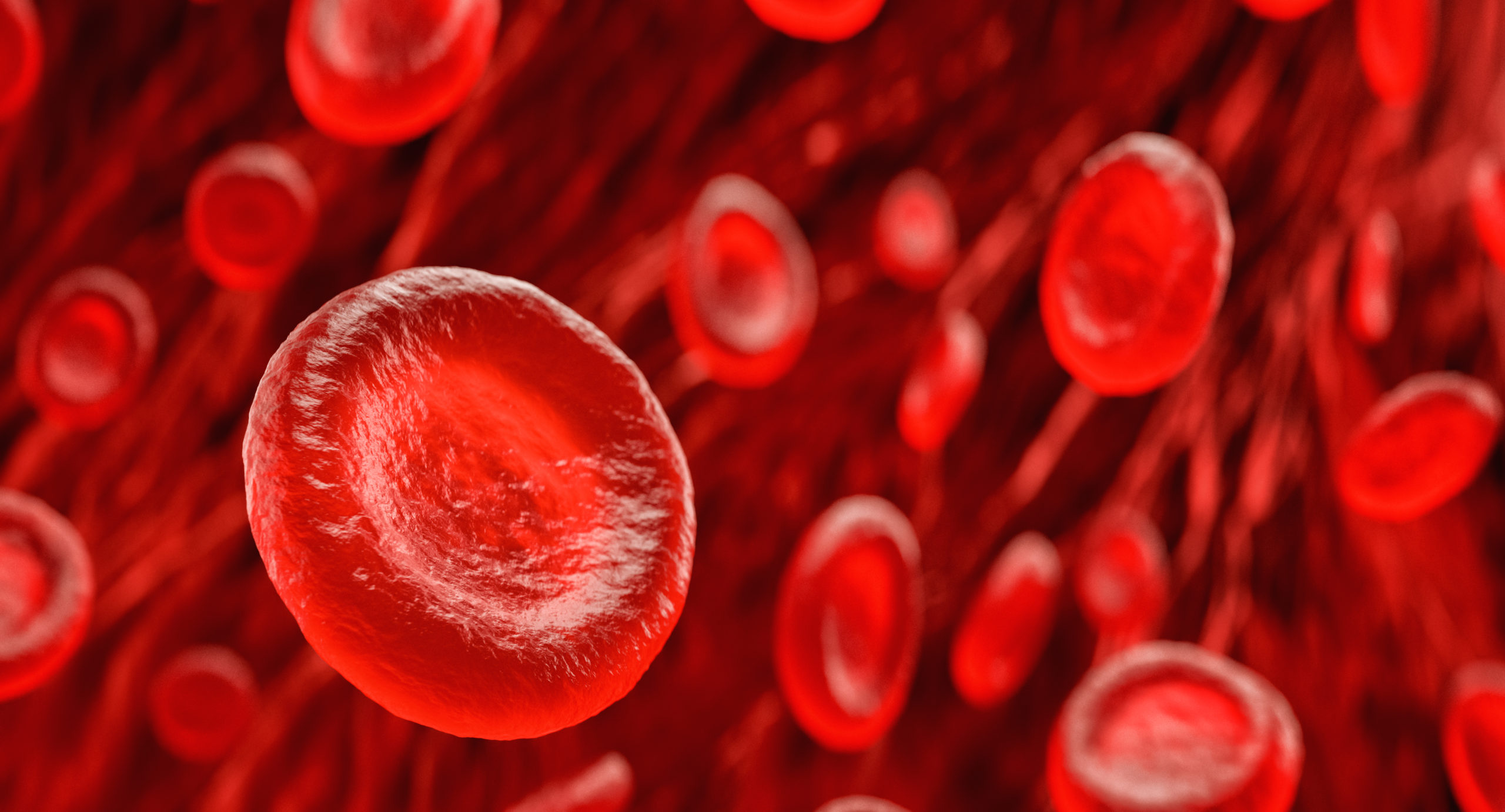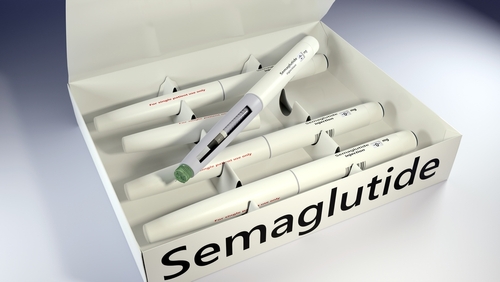
Patients undergoing kidney transplantation are at risk for new-onset diabetes after transplantation(NODAT). Z. Li and colleagues at the Kidney Disease Center, First Affiliated Hospital of Zhejiang University, Hangzhou, China, conducted a study designed to examine the risk factors for NODAT and to evaluate early graft function via pre-transplant oral glucose tolerance test (OGTT) and post-transplant blood glucose state.
The researchers reported results of the study during a poster session at the American Transplant Congress 2019. The poster was titled New-Onset Diabetes after Kidney Transplantation: Risk Factors and Early Graft Function Outcome.
The retrospective study included 1317 patients who received single-organ kidney transplantation at the First Affiliated Hospital of Zhejiang University between January 2015 and June 2018. American Diabetes Association criteria were used to define a diagnosis of NODAT. OGTT was performed prior to transplantation in 1221 of the 1317 recipients.
Within 1 year of transplantation, NODAT was diagnosed in 12.2% (n=161) of the study cohort. Independent risk factors for NODAT identified via multivariate analysis were: deceased donor (odds ratio [OR], 3.14; 95% confidence interval [CI]. 2.10-4.71); body mass index (BMI) ≥24 (OR, 1.90; 95% CI, 1.30-2.77); age ≥45 years (OR, 3.06; 95% CI, 2.19-4.29); pre-transplant serum glucose level (b, 1.34; 95% CI, 1.09-1.64); pre-transplant impaired glucose regulation (OR, 2.71; 95% CI, 1.90-3.85); and acute rejection (OR, 2.61; 95% CI, 1.61-4.25). In living donor transplantation, a high number of human leukocyte antigen matches were risk factors for NODAT, and there were associations between smoking and alcohol consumption with increased risk.
Within the first month of follow-up for deceased cardiac donor kidney transplant recipients, there was no difference in estimated glomerular filtration rate (eGFR) between recipients with NODAT and without NODAT. When the follow-up period was >3 months, eGFR was slightly higher in the group without NODAT compared with the group with NODAT (P=.018, P=.012, P=.022 for the third, sixth, and twelfth month, respectively). Results were similar in living donor kidney transplant recipients.
Results of pre-transplant OGTT were used to stratify patients into three groups: normal glucose tolerance, impaired fasting glucose, and impaired glucose tolerance. Within the first year following transplant there were no significant differences in post-transplant eGFR among the three groups.
In conclusion, the researchers said, “Our results show that deceased donor, high BMI, old age, pre-transplant serum glucose levels, pre-transplant impaired glucose regulation, and acute rejection are independent risk factors associated with NODAT, which may be helpful for identifying patients at risk for NODAT. With increasing length of follow-up, there is a changing influence of NODAT on early graft function, but further analysis with a longer follow-up is necessary.”
Source: Li Z, Peng W, Chen J. New onset diabetes after kidney transplantation: risk factors and early graft function outcome. Abstract of a poster presented at the American Transplant Congress 2019, June 4, 2019 (Abstract D-286).







 © 2025 Mashup Media, LLC, a Formedics Property. All Rights Reserved.
© 2025 Mashup Media, LLC, a Formedics Property. All Rights Reserved.